Alibaba.com showcases a diverse range of rotating display stands designed to enhance product visibility and accessibility. Among the available options, customers can find wooden display racks that serve as versatile brochure or bookshelves, ideal for showcasing kids' comics, stickers, books, and magazines. These stands often feature a rotating mechanism that allows for a full 360-degree view of the displayed items.
For a more sustainable choice, there are custom recycled cardboard display stands, which are not only eco-friendly but also suitable for retail environments. These corrugated shelf racks are commonly used for promoting food items like snacks, bread, and candy. Their lightweight yet sturdy construction makes them a practical option for temporary setups or seasonal promotions.
Adjustable speed turntables on Alibaba.com offer versatility and can support a range of weights, making them particularly useful for photographing and displaying jewelry and watches, providing a dynamic view that captures the intricacies of smaller items. Similarly, battery-operated 360-degree electric rotating turntables cater to the same need with the added convenience of portability.
For outdoor advertising, metal A-frame display stands provide a durable solution. These can be double-sided or single-sided and are designed to withstand the elements while effectively advertising to passersby. In contrast, acrylic and PVC materials are used to create double-sided rotating display stands for supermarkets, offering a clear view of promotional products from any angle.
Lastly, specialized rotating display stands like the 3-tier wooden racks and custom corrugated cardboard luxury eyewear stands demonstrate the industry's innovation. These are tailored for specific products such as coasters, stickers, and eyewear, ensuring that each item is presented in the most appealing manner.

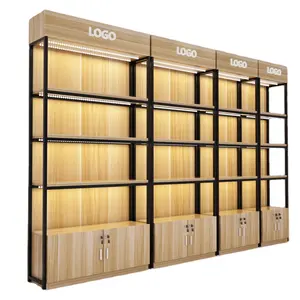




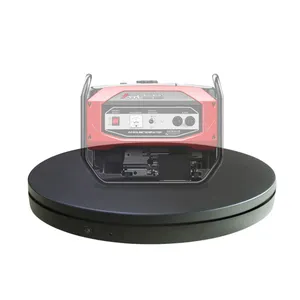

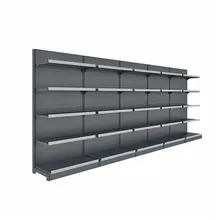

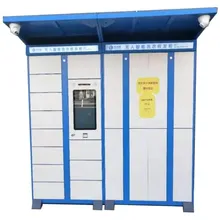



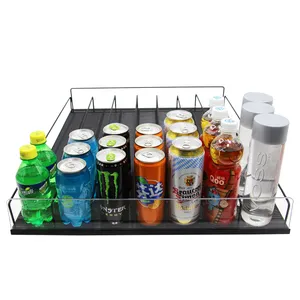

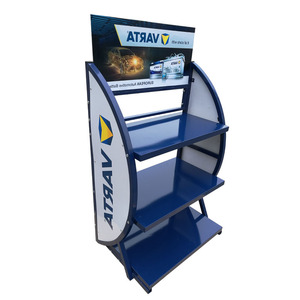
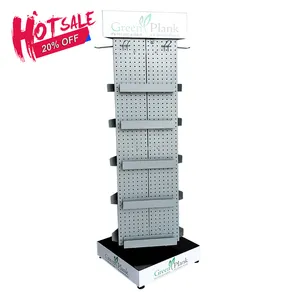
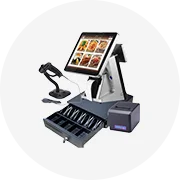
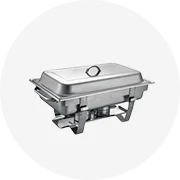
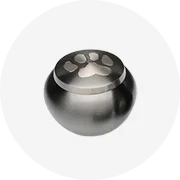
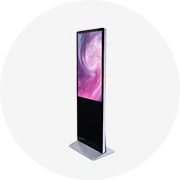


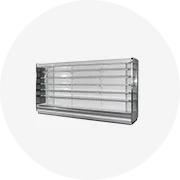
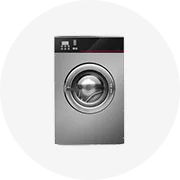
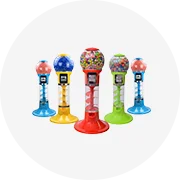
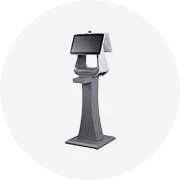
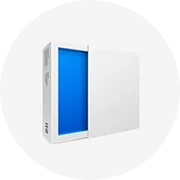









 浙公网安备 33010002000092号
浙公网安备 33010002000092号 浙B2-20120091-4
浙B2-20120091-4